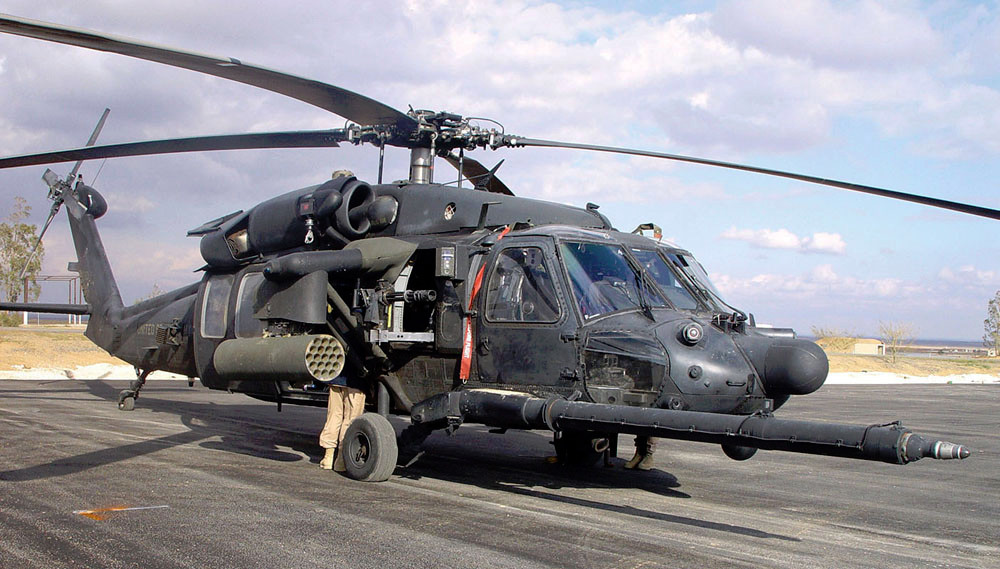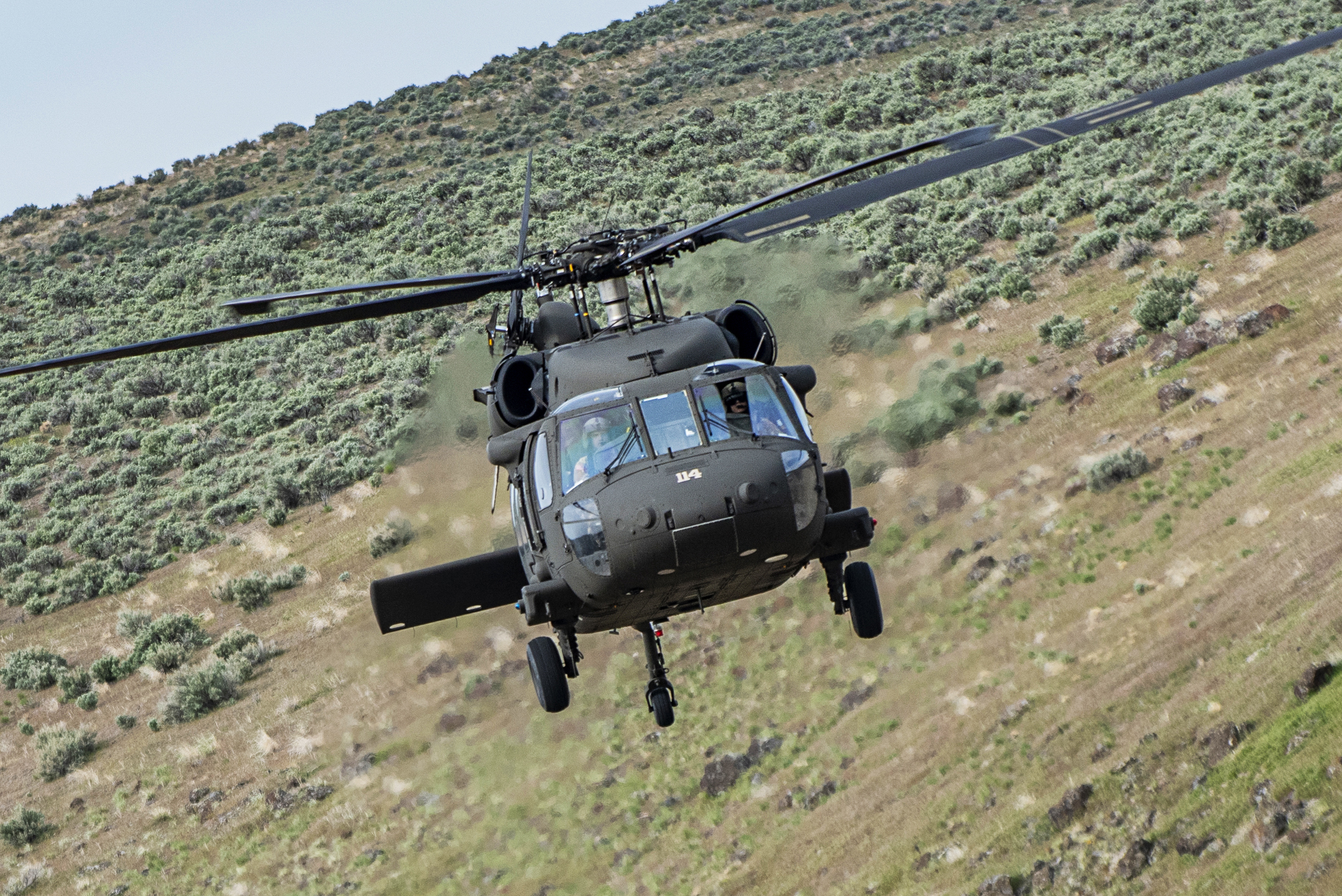Exactly How the Blackhawk Helicopter Supports Tactical and Altruist Missions Globally
Exactly How the Blackhawk Helicopter Supports Tactical and Altruist Missions Globally
Blog Article
Exploring the Thrills and Innovations of the Blackhawk Helicopter
The Blackhawk helicopter stands as a testimony to armed forces aeronautics's advancement, merging technological advancements with functional applications. What exists ahead for this famous aircraft, and exactly how will arising innovations form its future in armed forces operations?
Background of the Blackhawk Helicopter
Considering that its inception in the 1960s, the Blackhawk helicopter has played a pivotal function in contemporary army air travel. Developed by Sikorsky Airplane, the UH-60 Blackhawk was developed to meet the united state Army's requirement for a flexible utility helicopter efficient in executing a range of missions, consisting of army transportation, clinical evacuation, and cargo airlift. The layout was a response to the constraints of earlier helicopters, specifically in regards to ability to move, rate, and survivability.
The Blackhawk made its initial trip in 1974 and soon got in service in 1979. Its introduction noted a substantial improvement in helicopter modern technology, featuring a two-rotor system that enhanced efficiency and security. The airplane's sturdy building and construction and advanced avionics enabled it to run successfully in varied atmospheres and conditions.
Throughout the years, the Blackhawk has been constantly updated, incorporating lessons discovered from various fight situations. Its deployment in problems such as the Gulf Battle, Somalia, and the Battle on Fear more strengthened its online reputation as a crucial asset. The Blackhawk's tradition is defined by its adaptability and strength, making it a foundation of military aviation for years.
Key Features and Specifications
The Blackhawk helicopter is differentiated by its robust design and advanced technical attributes, which jointly boost its operational capabilities. Created primarily for energy missions, the Blackhawk flaunts an optimum takeoff weight of roughly 22,000 extra pounds, permitting it to carry substantial hauls while maintaining agility.
Outfitted with two General Electric T700-GE-701C engines, the Blackhawk achieves a maximum rate of around 183 knots and a series of 368 maritime miles - Blackhawk Helicopter. Its state-of-the-art blades system includes a four-blade primary blades and a four-blade tail blades, making certain security and maneuverability in different flying problems
The helicopter's cabin can suit approximately 11 soldiers or different freight arrangements, showcasing versatility in objective profiles. In addition, the Blackhawk is made with innovative avionics, consisting of digital flight controls and an extensive cabin display, enhancing pilot situational understanding.
For improved survivability, the Blackhawk includes ballistic shield and self-sealing gas tanks. Its capability to run in varied atmospheres, from deserts to icy surfaces, even more strengthens its credibility as a trusted system for army and altruistic procedures alike. The Blackhawk's mix of versatility, power, and durability makes it a foundation of modern-day aerial capacities.
Improvements in Innovation
Advancements in technology have actually significantly boosted the capacities of the Blackhawk helicopter, ensuring it stays at the leading edge of military air travel. One of the most noteworthy improvements is the assimilation of advanced avionics systems, which provide boosted situational awareness via real-time data handling and screen. This technology enables pilots to navigate complex environments better, boosting goal success rates.

In addition, the intro of digital right here fly-by-wire systems has actually revolutionized the control devices of the Blackhawk, giving smoother handling and raised responsiveness. These systems promote sophisticated maneuverability, necessary in high-stakes circumstances. Developments in interaction and networking innovations enable smooth sychronisation among devices, enhancing general operational performance. Collectively, these technical improvements ensure that the Blackhawk helicopter remains a vital possession in modern-day armed forces operations.
Functions in Armed Force Operations
With sophisticated modern technology enhancing its capabilities, the Blackhawk helicopter plays a complex duty in army procedures. Primarily, it is used for troop transportation, making it possible for rapid release and extraction of personnel in different fight circumstances. Its sizable cabin can fit as much as 11 troops, making it a vital possession for special procedures and massive missions.
In Addition, the Blackhawk offers as a medevac platform, equipped to move injured soldiers swiftly and successfully from the battlefield to clinical facilities - Blackhawk Helicopter. Its versatility encompasses logistical assistance, where it carries products and tools important for sustaining armed forces procedures in remote areas

The helicopter is additionally crucial in reconnaissance objectives, providing aerial security and intelligence-gathering capacities. Its capability to operate in diverse environments-- ranging from metropolitan setups to extreme terrains-- additional strengthens its importance on the combat zone.
Furthermore, the Blackhawk can be equipped with sophisticated weaponry, enabling it to engage in battle and offer close air assistance. This versatility emphasizes the helicopter's integral duty in modern-day armed forces approaches, making it a vital element of armed forces worldwide.
Future Advancements and Innovations
Developments in innovation pledge to usher in her response a new period for the Blackhawk helicopter, boosting its capacities and functional effectiveness. Future developments for the Blackhawk may include improvements in avionics, such as advanced trip control systems and boosted situational recognition devices powered by synthetic intelligence.
In addition, the combination of unmanned systems is on the perspective, potentially enabling manned-unmanned teaming procedures that can expand objective profiles and reduce danger to workers. The Blackhawk's design is additionally anticipated to include lighter and stronger materials, improving fuel efficiency and general performance.

Verdict
To conclude, the Blackhawk helicopter represents a substantial accomplishment in military air travel, defined by its adaptability and advanced technical functions. Its historical advancement mirrors a regular feedback to functional demands, improving abilities in different functions such as army transport and medevac procedures. Continuous innovations, consisting of the integration of fabricated intelligence and hybrid-electric propulsion, promise to additional reinforce the Blackhawk's efficiency and importance in future armed forces involvements, guaranteeing its status as a crucial asset on the combat zone.

With innovative innovation improving its capacities, the Blackhawk helicopter plays a diverse role in armed forces operations. (Blackhawk Helicopter)
Report this page